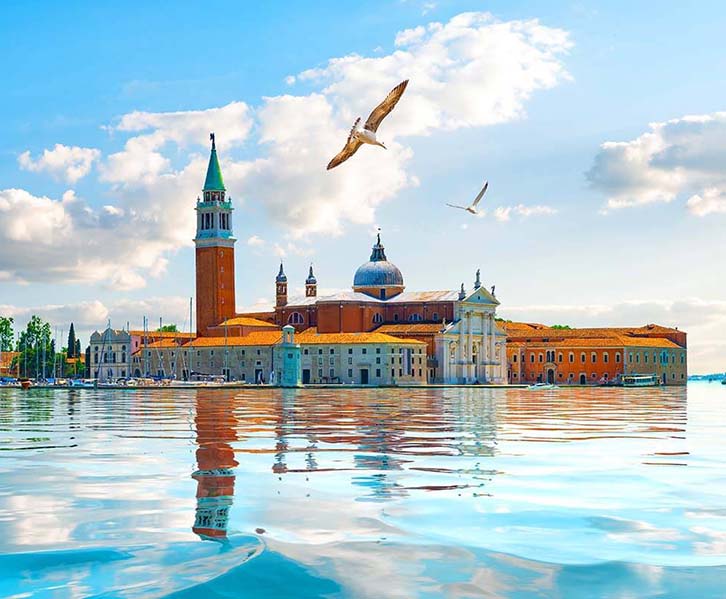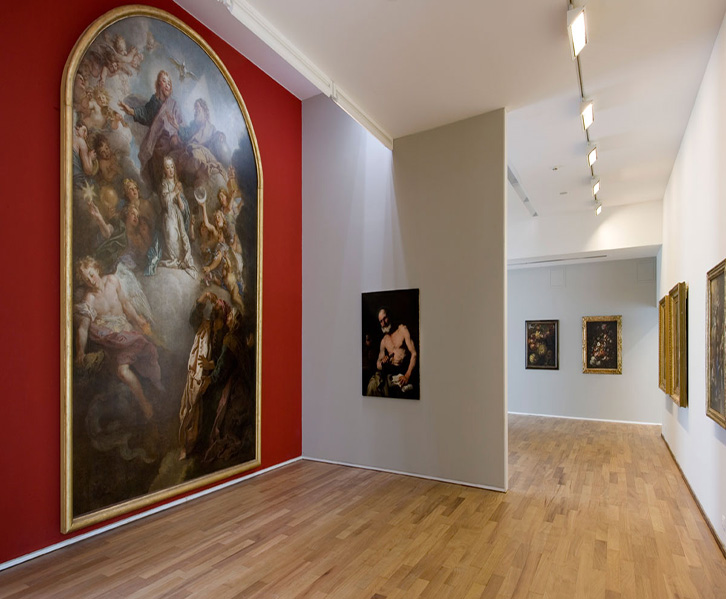Italy, known for its stunning cities like Rome and Florence, has long been celebrated as “La Bella Italia.” However, with the increasing influx of tourists, the time has come to venture beyond the well-trodden path and uncover some of Italy’s hidden gems in the form of charming small towns.
Italy’s fame largely rests upon its iconic urban centers, each steeped in history, art, and culture. Places like Rome, with its ancient ruins and Vatican City, or Florence, with its Renaissance masterpieces, have captivated travelers for generations. However, as these cities become more crowded with tourists, there’s a growing desire among seasoned travelers to seek out the quieter, more authentic side of Italy.
This quest for authenticity leads us to Italy’s enchanting small towns, often tucked away in picturesque landscapes and far removed from the hustle and bustle of major tourist hubs. These hidden treasures offer a glimpse into the heart and soul of the country.
Consider, for instance, the charming village of Matera, with its ancient cave dwellings and historic stone architecture, located in the southern region of Basilicata. A UNESCO World Heritage site, Matera provides a unique and immersive experience in Italian history and culture.
Or take a journey to the village of San Gimignano in Tuscany, renowned for its medieval towers that dot the skyline. This well-preserved gem allows you to step back in time and savor authentic Italian cuisine and wine amidst centuries-old architecture.
These small towns not only offer tranquility and authenticity but also a chance to engage with locals and immerse yourself in Italian traditions. As you explore these lesser-known destinations, you’ll find that Italy’s true beauty lies not only in its famous cities but also in its hidden small-town treasures, waiting to be discovered and cherished by those who seek a deeper, more authentic Italian experience.
From bustling beach towns with hidden natural gems to medieval walled cities that have been largely overlooked by tourists until now, these destinations make for excellent additions to your travel itinerary. Whether you’re embarking on a road trip to explore Italy from end to end or planning a relaxing vacation in a specific region, these places offer a wealth of unique experiences waiting to be discovered.
Picture yourself on the sun-kissed shores of a coastal town like Polignano a Mare in Apulia, where secret natural wonders like sea caves and crystal-clear waters await exploration. Amidst the vibrant beach culture, you can immerse yourself in the local way of life, savoring delicious seafood and taking in breathtaking ocean views.
Alternatively, delve into the rich history of Italy by visiting lesser-known medieval walled cities such as Lucca in Tuscany. Encircled by perfectly preserved walls, Lucca offers a journey back in time, where you can stroll or cycle along the ramparts, marvel at ancient architecture, and soak in the atmosphere of charming piazzas.
Mantua, Lombardy
The picturesque town of Mantua, nestled in the Lombardy region, is affectionately known as the “Sleeping Beauty” by its residents. Surprisingly, this charming gem remains hidden from the gaze of tourists who prefer the bustling attractions of nearby Verona, thereby inadvertently bypassing the myriad wonders of this UNESCO World Heritage site.
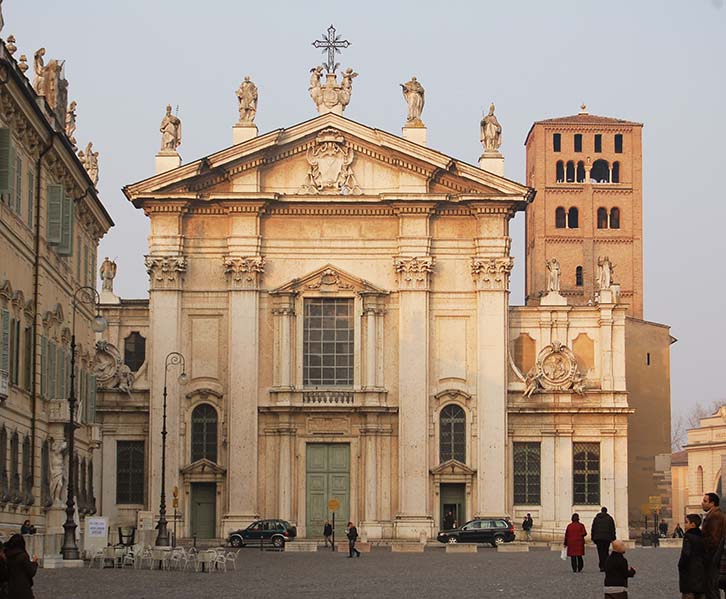
Mantua, a mesmerizing little town, is a true jewel, characterized by its enchanting streets adorned with palaces, squares, and a rich cultural heritage. It stands as the beating heart of Renaissance art and architecture, showcasing the masterpieces of renowned artists and architects from that era. The town’s historical significance is palpable as you stroll through its cobblestone streets, surrounded by well-preserved medieval and Renaissance structures that transport you back in time.
Mantua’s appeal is not limited to its architectural beauty alone; it’s also a place where history, culture, and gastronomy converge to create an unforgettable experience. Local markets brim with fresh produce and traditional delicacies, while the town’s vibrant arts scene continues to thrive.
In light of its historical and cultural significance, Mantua undoubtedly deserves far more recognition and appreciation from travelers. Those who seek to delve into the hidden treasures of Italy should not overlook this captivating town, for it promises a journey into the heart of Renaissance splendor and a chance to explore the soul of this extraordinary region.
Spello, Umbria
Spello, located in the region of Umbria, Italy, is a hidden gem that often escapes the spotlight of mainstream tourism. Nestled on the slopes of Mount Subasio, this enchanting town offers a delightful blend of historical significance, artistic richness, and natural beauty.
Spello’s roots trace back to ancient Roman times when it was known as “Hispellum.” The town’s historical value is evident in its well-preserved Roman arches, medieval walls, and Renaissance-era architecture. Walking through its labyrinthine streets is like stepping back in time.
Spello has a thriving arts and culture scene. Visitors can explore art galleries and attend festivals that showcase both local and international talent. The “Infiorate di Spello,” where intricate floral carpets adorn the streets during Corpus Christi, is a testament to the town’s artistic spirit.
The natural beauty of Spello and its surroundings is truly captivating. The verdant hillsides, adorned with olive groves and vineyards, make it an ideal destination for leisurely hikes. The Mount Subasio Regional Park offers an array of hiking trails with breathtaking vistas.
Umbria is renowned for its gastronomy, and Spello is no exception. Visitors can savor traditional Umbrian dishes like truffle-based specialties, hearty pastas, and locally crafted wines. The town’s eateries provide an authentic taste of the region’s culinary treasures.
Spello prides itself on its warm and welcoming atmosphere. The locals are dedicated to preserving their town’s heritage and ensuring that visitors have an unforgettable and genuine experience.
Ostuni, Puglia
Ostuni, situated in the Puglia region of southern Italy, is often affectionately referred to as the “White City” due to its characteristic whitewashed buildings that shimmer brilliantly in the Mediterranean sunshine. This captivating destination is renowned for its harmonious blend of history, architecture, coastal allure, and culinary wonders.
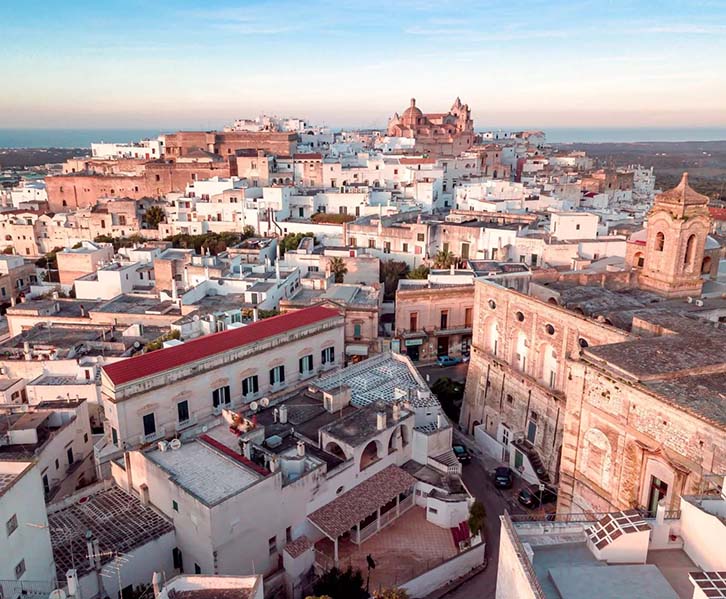
Ostuni boasts a storied past that stretches back to ancient times. Its origins can be traced to the Messapii, an ancient civilization that once inhabited the area. As you meander through the town’s narrow, winding alleys, you’ll encounter well-preserved historical treasures, including medieval churches, Gothic archways, and vestiges of ancient fortifications. The historic core, with its maze-like layout, exudes a timeless charm that transports visitors to a bygone era.
Ostuni’s iconic whitewashed architecture not only captivates the eye but also serves a practical purpose, reflecting the sun’s scorching heat during the long summer months. This architectural style, combined with the town’s elevated position, affords breathtaking panoramas of the surrounding olive groves, the Adriatic Sea, and the undulating landscapes of Puglia.
Ostuni enjoys proximity to the Adriatic coast, making it an ideal gateway to explore the region’s stunning beaches. The coastline is renowned for its pristine waters and dramatic cliffs, offering opportunities for sunbathing, swimming, and engaging in water-based activities.
Puglia is celebrated for its gastronomic offerings, and Ostuni is no exception. Travelers can savor the region’s renowned cuisine, characterized by fresh seafood, handcrafted pasta, exquisite olive oils, and locally produced wines. The town’s trattorias and restaurants serve up traditional dishes that showcase the authentic flavors of Puglia.
Throughout the year, Ostuni hosts an array of cultural events, festivals, and art exhibitions that provide a window into local customs and traditions. One standout event is the “La Cavalcata di Sant’Oronzo,” a grand procession that pays homage to the town’s patron saint.
The people of Ostuni are renowned for their warm and welcoming nature. Visitors can anticipate a genuine sense of hospitality as they explore the town and engage with the local community.
Orvieto, Umbria
Orvieto, situated in the Umbria region of central Italy, is a captivating town celebrated for its deep historical roots, splendid architecture, and breathtaking panoramic vistas. This ancient hilltop settlement, perched high above the rolling Umbrian countryside, offers a unique fusion of history, culture, and natural splendor.
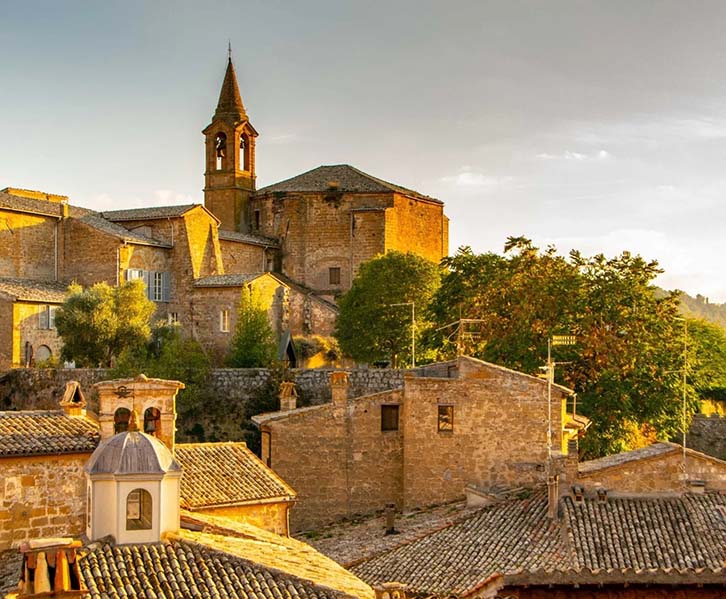
Orvieto’s historical lineage spans over two millennia. It was originally an Etruscan stronghold before evolving into a Roman municipality. The town’s historical legacy is evident in its impeccably preserved medieval and Renaissance structures, with the crowning jewel being the Orvieto Cathedral, a masterpiece of Italian Gothic design adorned with intricate sculptures and frescoes.
Beyond the cathedral, Orvieto’s architectural allure extends throughout its medieval streets, which are a maze of cobblestone alleys, charming squares, and graceful palaces. The Pozzo di San Patrizio (St. Patrick’s Well), a medieval well, stands as an engineering marvel with its double spiral staircases that never intersect, providing access to the town’s water source.
Perched on a tufa plateau, Orvieto offers spellbinding panoramic views of the surrounding Umbrian countryside. The town’s fortifications and the Torre del Moro tower offer prime vantage points from which visitors can relish awe-inspiring scenes of undulating hills, vineyards, and olive groves.
Orvieto is a town steeped in culture. Its cultural calendar is replete with events, festivals, and exhibitions that pay homage to local traditions and artistic endeavors. Notable occasions include the Umbria Jazz Winter Festival and the Corpus Christi procession, which showcases exquisite floral artistry.
Umbria is renowned for its gastronomic delights, and Orvieto is no exception. Travelers can indulge in regional delicacies such as truffle-infused pasta, succulent wild boar, and the acclaimed Orvieto Classico wines. The town’s eateries and trattorias provide an authentic taste of Umbrian culinary craftsmanship.
The people of Orvieto are celebrated for their warmth and hospitality. Visitors can anticipate a friendly reception as they explore the town, engage with the locals, and immerse themselves in the rich local culture.
Rocca di Papa, Lazio
Rocca di Papa, nestled in the Lazio region of Italy, is a delightful town that graces the Alban Hills, just a short drive southeast of Rome. This enchanting hilltop village, perched at an altitude of around 680 meters (2,230 feet) above sea level, offers a unique blend of history, natural splendor, and cultural richness.
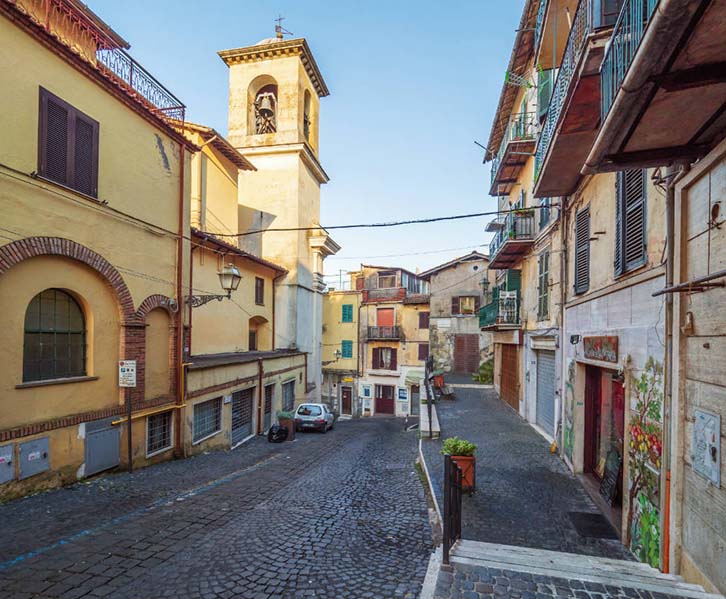
Rocca di Papa boasts a captivating historical heritage that traces its origins to ancient Roman times. The town’s historical significance is beautifully preserved in its medieval and Renaissance architecture. Notable landmarks include the Church of St. Mary of the Assumption, distinguished by its impressive facade, and the Palazzo Primoli, a historic mansion that reflects the town’s aristocratic past.
Situated within the Alban Hills, Rocca di Papa enjoys a privileged position that affords breathtaking panoramic views of the surrounding landscape, including the nearby Lake Albano. Visitors are treated to sweeping vistas of rolling hills, picturesque vineyards, fragrant olive groves, and the shimmering waters of the lake, making it a favored destination for nature enthusiasts and photographers.
Throughout the year, Rocca di Papa hosts a variety of cultural events and festivals that celebrate local traditions and arts. These events provide a unique opportunity for visitors to immerse themselves in the town’s cultural tapestry and engage with its welcoming and hospitable residents.
Lazio is renowned for its gastronomic treasures, and Rocca di Papa is no exception. Travelers can indulge in traditional Italian and regional dishes at local trattorias, savoring specialties such as porchetta (roast pork), handmade pasta, and the acclaimed Castelli Romani wines.
The breathtaking natural surroundings of Rocca di Papa offer numerous opportunities for outdoor activities, including hiking, trekking, and picnicking amidst the lush countryside. Regional parks and scenic trails allow visitors to explore the rich biodiversity of the Alban Hills.
One of the town’s most appealing features is its serene and tranquil ambiance. Rocca di Papa provides a serene escape from the hustle and bustle of urban life, making it an ideal destination for those seeking relaxation and rejuvenation in a serene hillside setting.
